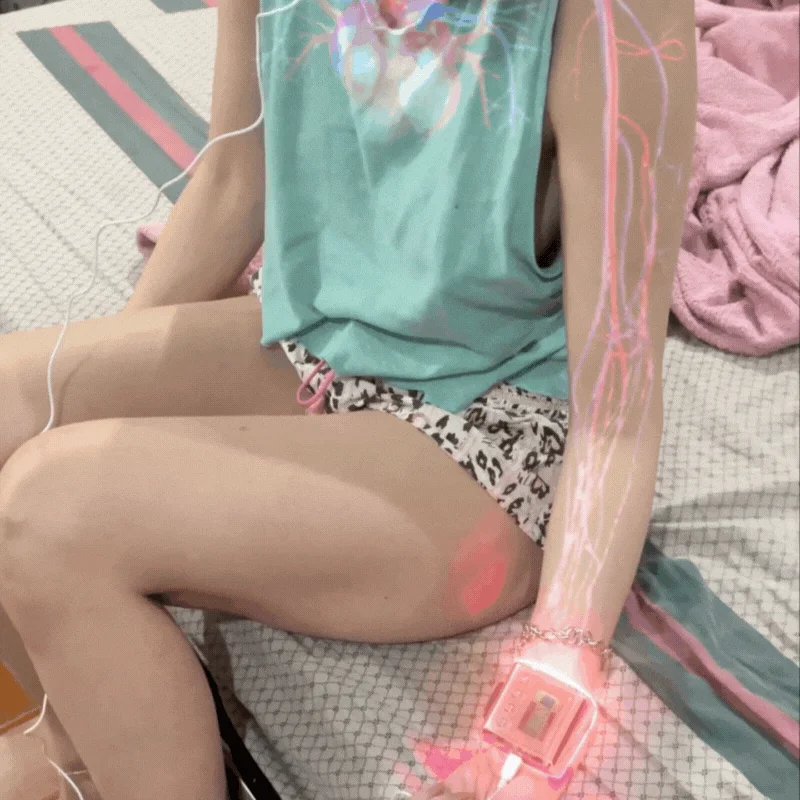Blog
5 Essential Insights into Wilcox Pulmonary Hypertension: Understanding Hypertension ICD 10 Codes
Introduction
Pulmonary hypertension is a complex and serious condition characterized by high blood pressure in the arteries of the lungs. Understanding the nuances of this disease is crucial for effective management and treatment. This article delves into Wilcox pulmonary hypertension, highlighting 5 essential insights into the condition and explaining the relevance of hypertension ICD 10 codes in its diagnosis and classification.

1. What Is Pulmonary Hypertension?
Pulmonary hypertension (PH) is a type of high blood pressure that affects the arteries in the lungs and the right side of the heart. It occurs when the pulmonary arteries become narrowed or blocked, causing increased resistance and forcing the heart to work harder to pump blood through the lungs.
Key Points:
- Symptoms: Shortness of breath, fatigue, chest pain, and swelling in the ankles and legs.
- Causes: Can be idiopathic (unknown origin) or associated with other conditions like heart disease, lung disease, or connective tissue disorders.
- Types: Classified into five groups based on the underlying cause.
2. Wilcox Pulmonary Hypertension: Key Contributions
Wilcox pulmonary hypertension refers to the significant contributions made by researchers like Dr. Brad A. Wilcox in the field of pulmonary hypertension. Their work has enhanced the understanding of the disease’s pathophysiology, diagnosis, and treatment.
Highlights:
- Research Advances: Studies on vascular biology and the molecular mechanisms underlying PH.
- Clinical Trials: Participation in trials for new medications targeting pulmonary arterial hypertension (PAH).
- Educational Impact: Publications and lectures that educate healthcare professionals on best practices.
Importance:
- Improved Diagnosis: Enhanced methods for early detection.
- Innovative Treatments: Development of targeted therapies.
- Patient Outcomes: Better management strategies leading to improved quality of life.

3. Understanding Hypertension ICD 10 Codes
The International Classification of Diseases, Tenth Revision (ICD-10) provides standardized codes for diagnosing and billing purposes. Hypertension ICD 10 codes are essential for accurately documenting patient conditions.
Primary Hypertension (I10)
- Code I10: Used for essential (primary) hypertension.
- Description: High blood pressure with no identifiable cause.
- Relevance: Most common form of hypertension.
Secondary Pulmonary Hypertension (I27)
- Codes I27.0–I27.9: Specific to pulmonary hypertension.
- I27.0: Primary pulmonary hypertension.
- I27.2: Other secondary pulmonary hypertension.
- Description: High blood pressure in the lungs due to other underlying conditions.
- Relevance: Accurate coding ensures appropriate treatment and insurance coverage.
Why ICD 10 Codes Matter:
- Standardization: Provides a universal language for healthcare providers.
- Billing and Reimbursement: Essential for insurance claims.
- Data Collection: Helps in epidemiological studies and health statistics.
4. Diagnosis and Classification
Accurate diagnosis of pulmonary hypertension involves several steps:
- Medical History and Physical Examination: Initial assessment of symptoms and risk factors.
- Diagnostic Tests:
- Echocardiogram: Evaluates heart function.
- Right Heart Catheterization: Measures pulmonary artery pressure.
- Pulmonary Function Tests: Assesses lung function.
- Classification: Determining the PH group based on the underlying cause.
Wilcox’s Contributions:
- Emphasized the importance of early and precise diagnosis.
- Advocated for comprehensive testing to differentiate between PH types.
5. Treatment Approaches
Treatment of pulmonary hypertension aims to:
- Reduce Symptoms: Improve quality of life.
- Slow Disease Progression: Prevent worsening of the condition.
- Address Underlying Causes: Treat associated diseases.
Common Treatments:
- Medications:
- Vasodilators: Relax blood vessels in the lungs.
- Anticoagulants: Prevent blood clots.
- Diuretics: Reduce fluid buildup.
- Oxygen Therapy: Increases blood oxygen levels.
- Lifestyle Changes: Healthy diet, exercise, and smoking cessation.
- Surgical Options:
- Atrial Septostomy: Reduces pressure in the right heart.
- Lung Transplantation: For severe cases.
Innovations Inspired by Wilcox’s Research:
- Development of novel drugs targeting specific pathways involved in PH.
- Personalized medicine approaches for tailored treatments.

6. Innovative Treatment with the MONKIKA Hypertension Laser Therapy Watch
Managing pulmonary hypertension requires a comprehensive approach. The MONKIKA Hypertension Laser Therapy Watch offers an innovative solution combining monitoring and therapeutic intervention.
How Does the MONKIKA Watch Work?
- Laser Therapy Technology: Uses low-level laser therapy to improve hemodynamics and metabolism.
- Mechanism: Light absorption stimulates protein synthesis, enhances red blood cell function, and purifies the blood.
- Application: Worn on the left wrist, targeting the radial artery, and includes a nasal cavity probe for enhanced efficacy.
Benefits of the MONKIKA Hypertension Laser Therapy Watch
- Normalizes Blood Pressure: Assists in reducing high blood pressure levels.
- Improves Blood Circulation: Enhances oxygen flow and reduces blood viscosity.
- Lowers Blood Sugar and Lipids: Helps manage diabetes and cholesterol levels.
- Safe and Non-Invasive: Offers a side-effect-free alternative to medications.
- Convenient Home Therapy: Easy to use with simple operation and clear instructions.
Why MONKIKA Stands Out:
- Targeted Therapy: Specifically designed for hypertension patients, including those with pulmonary hypertension.
- Proven Results: Positive customer reviews and testimonials highlighting effectiveness.
- Cost-Effective: Reduces the need for frequent doctor visits and prescription medications.
Learn more about the MONKIKA Hypertension Laser Therapy Watch by visiting the product page.
7. Why Consider MONKIKA for Pulmonary Hypertension Management
While traditional treatments focus on medications and lifestyle changes, the MONKIKA Watch offers additional benefits:
- Complementary Treatment: Can be used alongside prescribed medications.
- Holistic Approach: Addresses underlying blood abnormalities contributing to hypertension.
- User-Friendly: Simple setup with adjustable power levels and treatment times based on individual needs.
- Enhanced Quality of Life: Aims to reduce symptoms like shortness of breath and fatigue.
Testimonials:
- Improved Readings: Users report significant reductions in blood pressure after consistent use.
- Enhanced Well-being: Many experience increased energy levels and better overall health.
Experience the potential benefits of the MONKIKA Watch by exploring the product details.
Conclusion
Understanding Wilcox pulmonary hypertension and the role of hypertension ICD 10 codes is crucial for effective diagnosis and management of pulmonary hypertension. Innovations like the MONKIKA Hypertension Laser Therapy Watch provide promising alternatives or complements to traditional treatments. By embracing advanced technologies and informed practices, patients and healthcare providers can work together towards better outcomes.
Frequently Asked Questions
1. What is Wilcox pulmonary hypertension?
Wilcox pulmonary hypertension refers to the contributions of researchers like Dr. Wilcox in advancing the understanding of pulmonary hypertension’s mechanisms, diagnosis, and treatment.
2. How do hypertension ICD 10 codes aid in managing pulmonary hypertension?
They provide standardized codes for accurate diagnosis, facilitating effective communication among healthcare providers and ensuring proper treatment and billing.
3. Can the MONKIKA Hypertension Laser Therapy Watch help with pulmonary hypertension?
While primarily designed for systemic hypertension, the MONKIKA Watch may aid in improving blood circulation and reducing blood pressure, potentially benefiting those with pulmonary hypertension. Consult a healthcare professional before use.
4. How does the MONKIKA Watch differ from traditional treatments?
It offers a non-invasive, side-effect-free approach using low-level laser therapy to improve hemodynamics and metabolism, complementing traditional medications and lifestyle changes.
5. Is the MONKIKA Watch safe to use?
Yes, it is designed to be safe and painless when used as directed. However, it’s important to follow the instructions and consult a doctor if you have any concerns or underlying conditions.
Disclaimer: This article is for informational purposes only and is not a substitute for professional medical advice. Always consult with a healthcare provider for personalized guidance.




